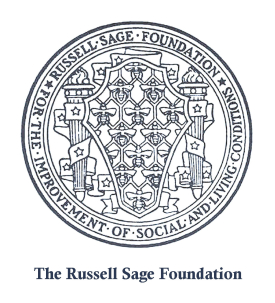Since the 1990s, U.S. state legislatures have become increasingly responsible for immigration policymaking. Still, social scientists lack a publicly available, decades-long, policy database documenting the rise of state immigration policies. Additionally, comprehensive understanding of the factors that predict state immigration policymaking, including changing state demographic and socioeconomic landscapes, remains limited.
In 1875, the Page Act, the first federal immigration restriction banned all Chinese women from entering the country; it was followed by a series of Chinese Exclusion laws restricting other types of immigration from China. These policies, which were in effect until 1943, reflect years of violence against Chinese immigrants.
About This Book
This booklet includes correspondence from Margaret Woodrow Wilson, a daughter of President Woodrow Wilson and a champion of the social-center cause. She appeals to the State Federations composing the General Federation of Women’s Clubs to take up this timely and important task. The correspondence is followed by a typed list of essential provisions of an adequate social-center law.
RSF Journal
View Book Series
Sign Up For Our Mailing List
Apply For Funding
About This Book
This booklet discusses how social centers promote reform movements. It notes that social centers provide patriotic education of immigrants through public ceremonies held for their naturalization, civic and health education, the promotion of baby welfare, the elevation of political discussions, and the dignification of voting through the maintenance of balloting booths. The booklet concludes with a list of foundation pamphlets on the topic of the social center.
CLARENCE A. PERRY was an urban planner, sociologist, and educator.
RSF Journal
View Book Series
Sign Up For Our Mailing List
Apply For Funding
Pagination
- Page 1
- Next page

